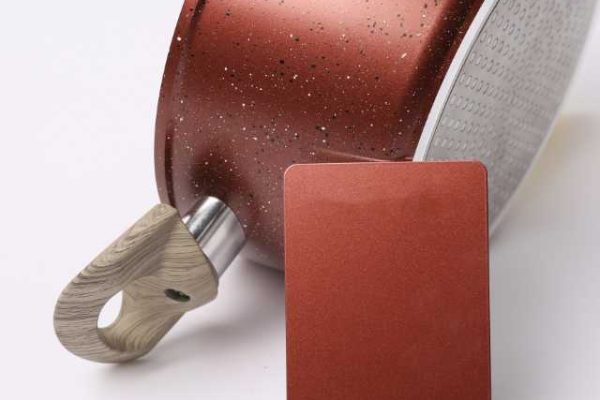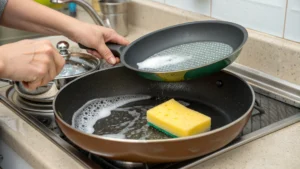Teflon is renowned for its unique slippery properties, making it a popular choice in various industries, from cookware to industrial machinery. Understanding how its slipperiness is measured helps us appreciate its applications and effectiveness.
Understanding Slipperiness
Slipperiness refers to how easily one surface can slide over another. This property is influenced by factors such as surface texture, material composition, and environmental conditions.
Teflon’s Unique Characteristics
Teflon is made from polytetrafluoroethylene (PTFE), a chemical compound known for its low friction. This makes Teflon extremely slippery, ideal for applications requiring minimal resistance, such as non-stick cookware and lubricated machine parts.
Methods for Measuring Slipperiness
The primary way to measure slipperiness is through the coefficient of friction, which quantifies the resistance between two surfaces. There are two types: static friction (the force needed to start movement) and kinetic friction (the force needed to maintain movement). The lower the coefficient, the slipperier the material.
Tribological Testing
Tribology is the study of friction, lubrication, and wear. It involves using instruments like tribometers to measure friction between surfaces. Typical test setups include a pin-on-disk or block-on-ring configuration, where Teflon is tested against another material to determine its frictional properties.
Testing Procedures
In the lab, tests like the pin-on-disk and block-on-ring are common. These tests simulate real-world conditions by sliding a sample of Teflon against another material under controlled conditions to measure friction. Field testing involves using Teflon in actual products to assess performance in real-world applications.
Interpreting the Results
The friction coefficient values obtained from testing indicate how Teflon compares to other materials. A lower coefficient means better slipperiness, which is crucial for product development, ensuring Teflon’s effectiveness in reducing friction.
Challenges in Measuring Slipperiness
Testing slipperiness can be challenging due to variability in test conditions and interactions between different materials. Additionally, current testing methods may have limitations, such as not fully replicating real-world conditions.
Innovations in Measuring Techniques
Advances in tribological instruments are improving the accuracy of slipperiness measurements. Emerging technologies and new testing methods are helping researchers better understand material interactions, leading to more accurate and reliable results.
Conclusion
Measuring Teflon’s slipperiness involves understanding its coefficient of friction through various testing methods. Accurate measurement is essential for industrial applications, ensuring that Teflon performs as expected in reducing friction. As technology advances, we can expect even more precise and informative testing techniques, solidifying Teflon’s role in modern technology.
For those interested in exploring this topic further, there are numerous articles and resources available on tribology and material testing. Engaging with experts in material science can also provide deeper insights into this fascinating field.






